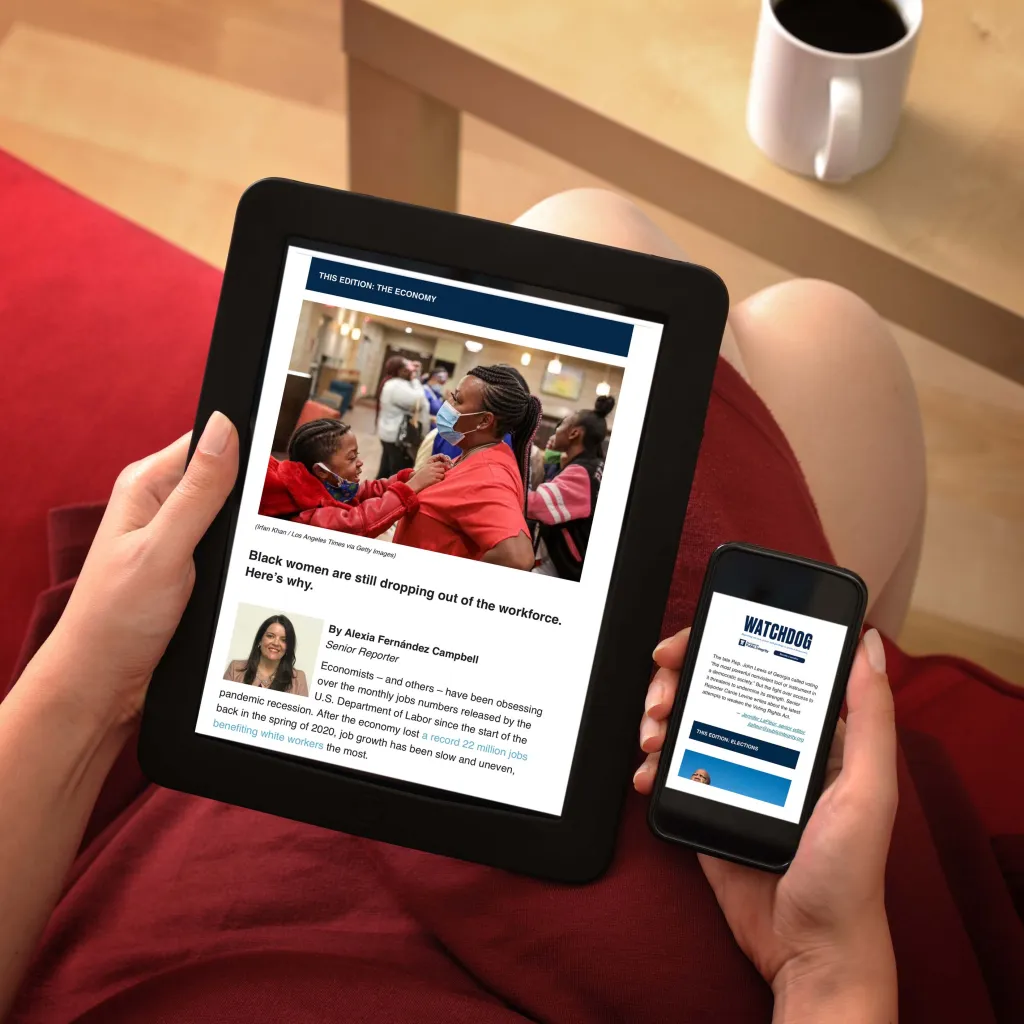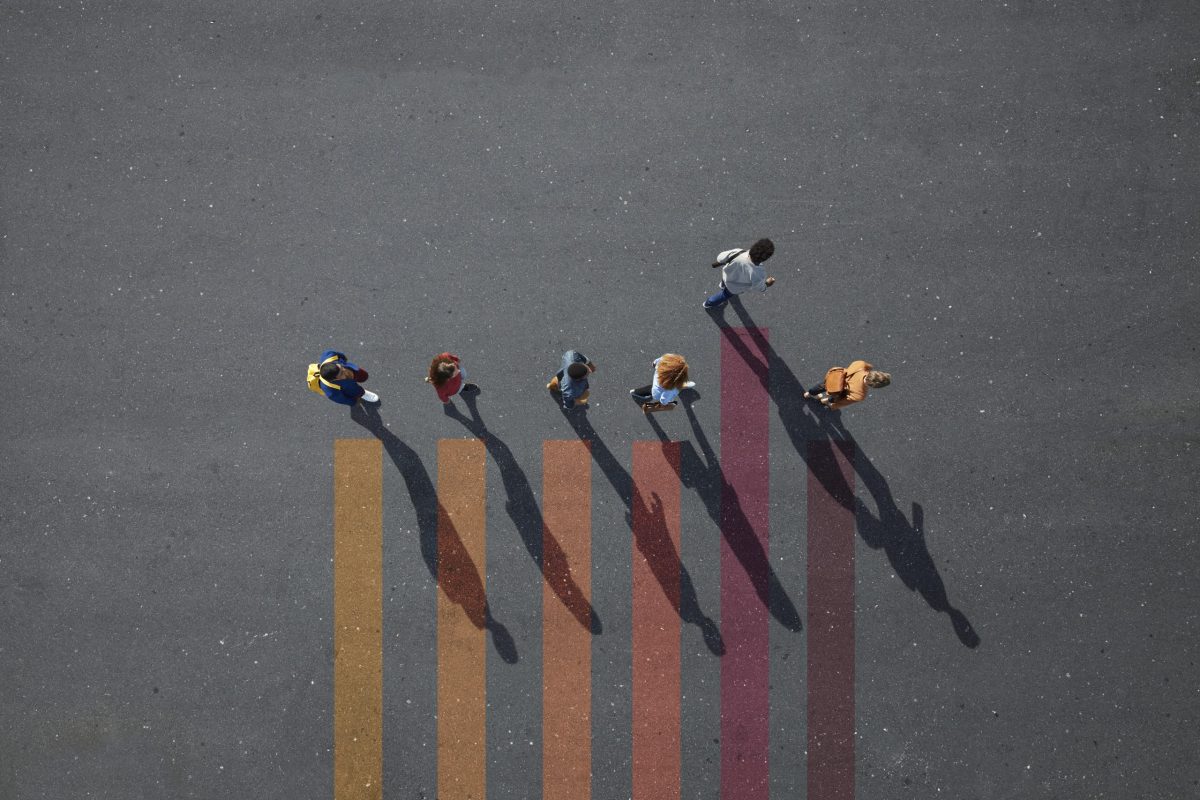A Center for Public Integrity analysis of federal education data suggests roughly 300,000 students entitled to essential rights reserved for homeless students have slipped through the cracks, unidentified by the school districts mandated to help them.
Some 2,400 districts did not report having even one homeless student despite levels of financial need that make those figures improbable. Many more districts are likely undercounting.
The academic cost is not equally shared. Black and Latino children experience homelessness at disproportionate rates, Public Integrity’s analysis showed. Nationally, American Indian or Alaska Native students were also over-represented, as were students with disabilities.
School districts must survey students' housing situations to provide additional help to those who are homeless. But the federal government offers little financial incentive to do a thorough job. Money to serve these vulnerable children is limited and does not increase automatically as districts identify more of them, Public Integrity found.
Instead, the U.S. Department of Education awards funds to states using a formula that factors in poverty rates.
Nationwide, homeless students graduate at lower rates than average, blunting their opportunities for stable jobs and increasing the risk of continued housing insecurity in adulthood.
The gap is often stark: In 18 states, graduation rates for students who experienced homelessness lagged more than 20 percentage points behind the overall rate in both 2017 and 2018.



